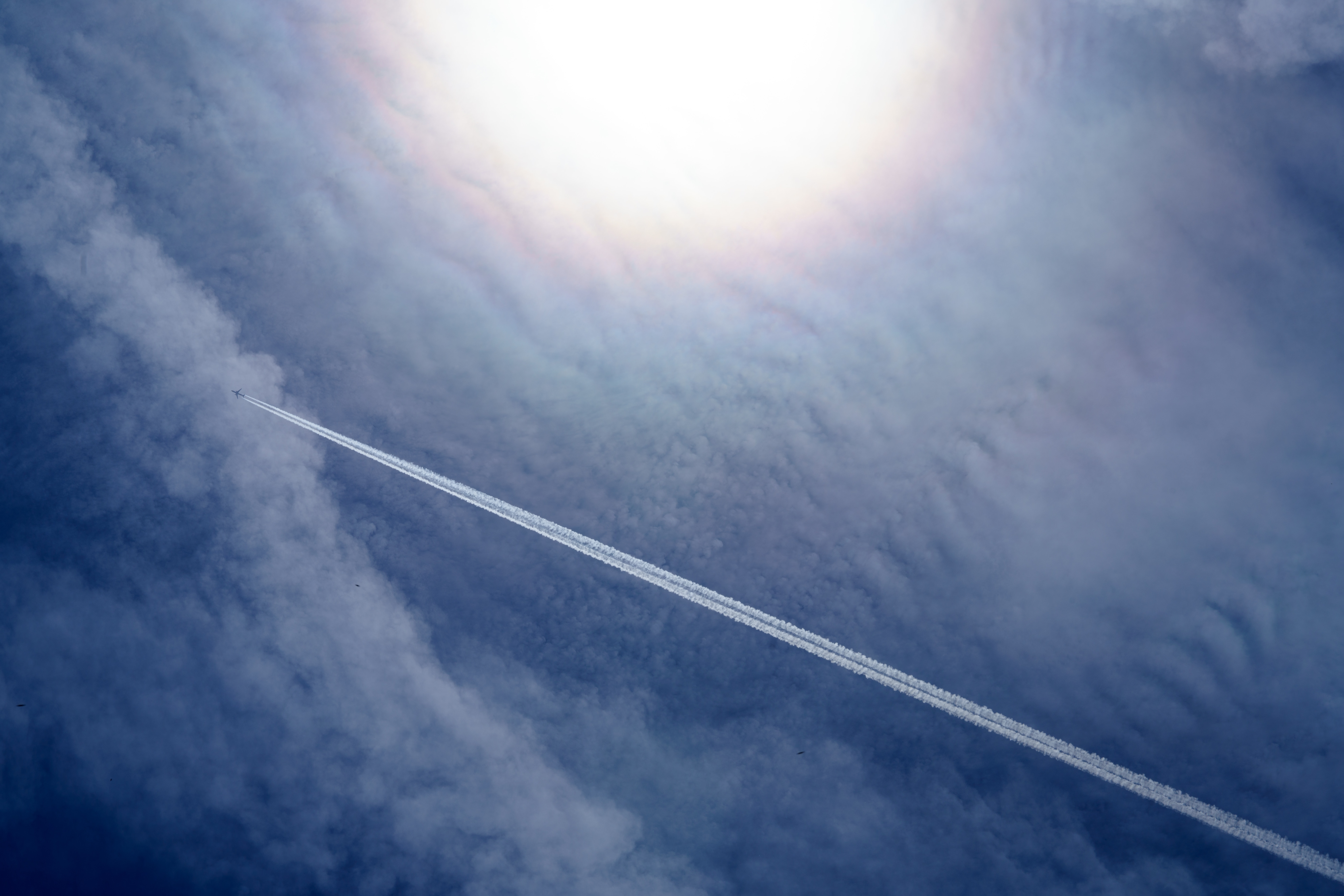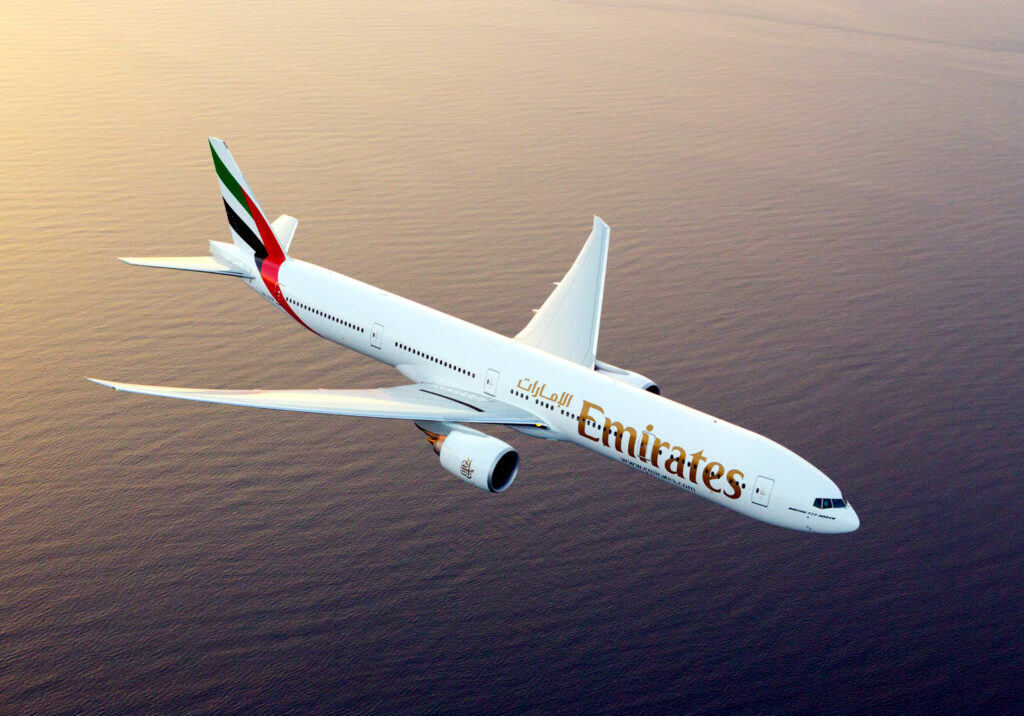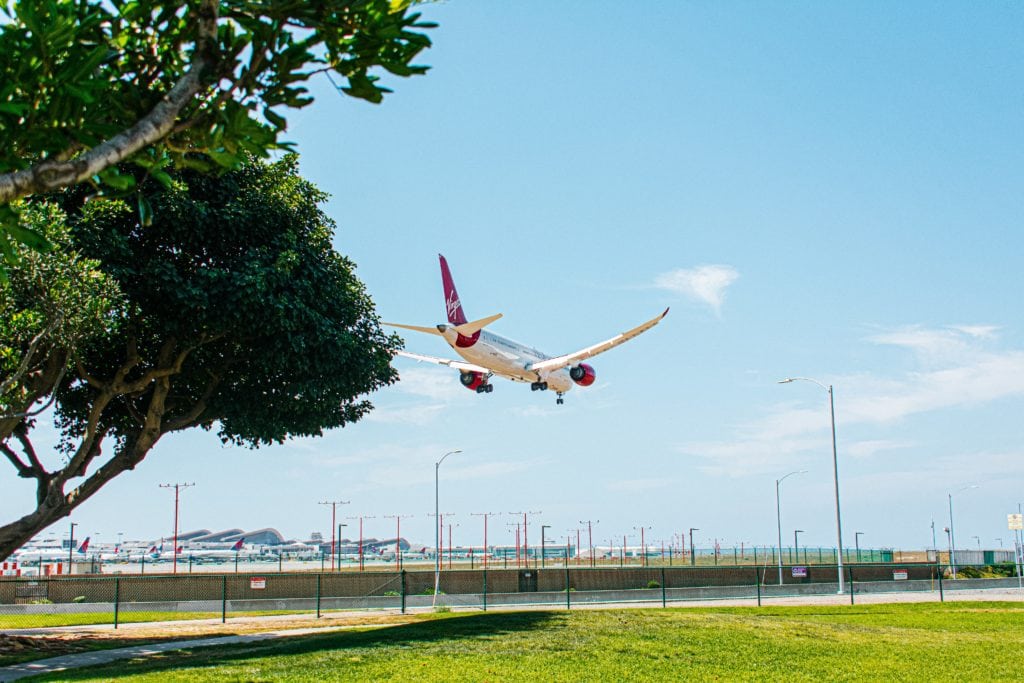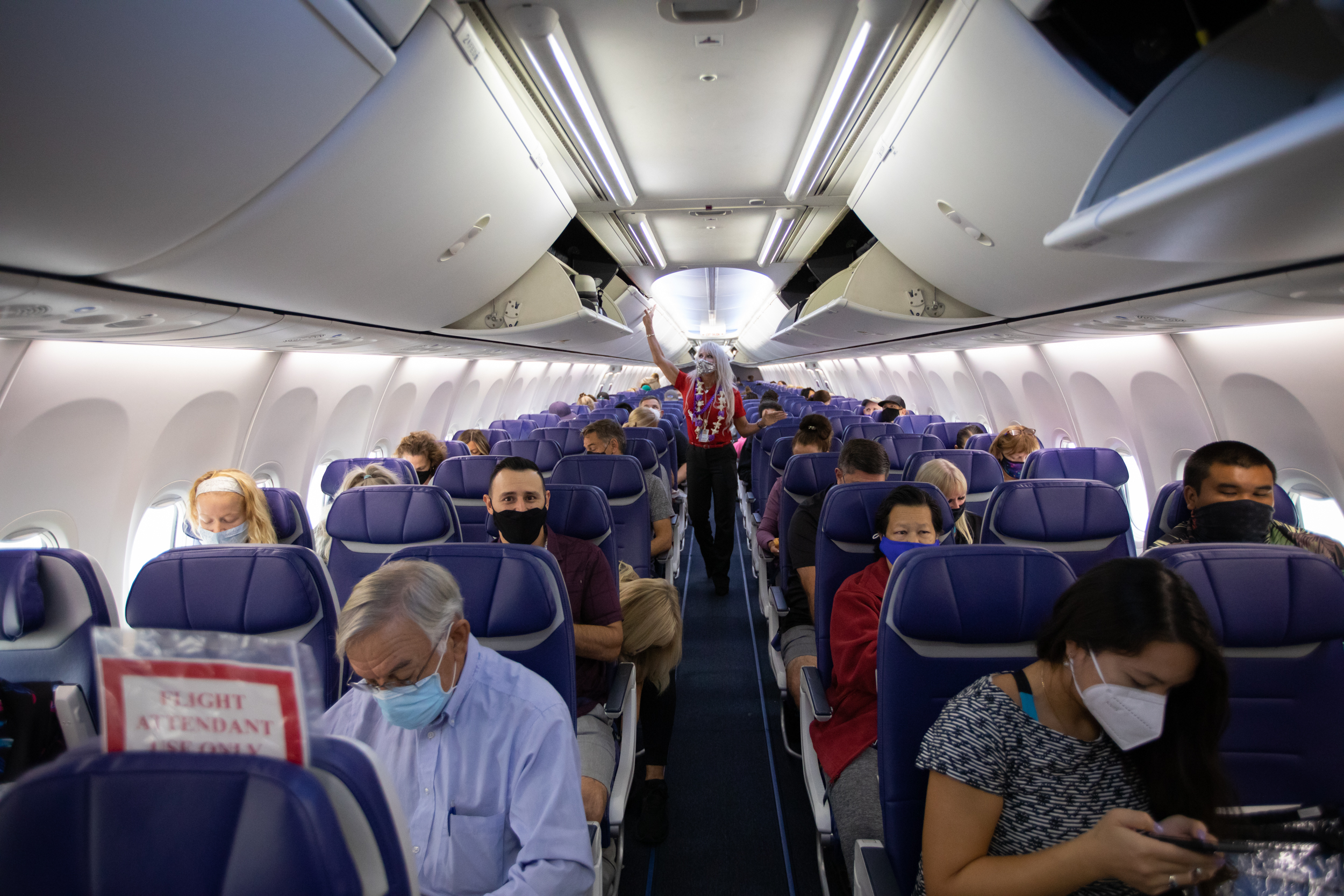Jet Stream Pushes Transatlantic Flights to Clock Record Speeds
Cold front from the US revved up the jet stream, for fast flight times to Europe
by Lauren Smith
November 6, 2023

Photo: Courtesy of WonHo Sung / Unsplash
Eastbound transatlantic travelers touched down up to an hour earlier than expected last week, thanks to a supercharged jet stream that pushed planes close to the speed of sound.
Tracked by FlightRadar24, flights bound for Europe were flying as much as 200 miles per hour (mph) faster than their typical cruising speeds.
Last week, American Airlines Flight 104 on Wednesday hightailed between New York’s JFK Airport and London Heathrow (LHR), hitting a top speed of 777mph off the coast of Newfoundland and landing nearly an hour early.
That speed was matched by Emirates Flight 522, which cut 57 minutes off its flight time from Dallas Fort Worth International Airport (DFW) to Dubai International Airport (DXB).

Photo: Boeing 777-300ER. Courtesy of Emirates.
Also, on Wednesday, a KLM cargo plane that took off from Miami (MIA) four hours late made up the time in the air and was due to land just two hours behind schedule.
The planes were being propelled by a revved-up jet stream, a band of strong winds around five to seven miles above the Earth’s surface, blowing west to east.
The jet stream, blowing at around the cruising altitude of a commercial jetliner, always gives planes a boost when they travel eastward and acts as drag when they head to the west. It’s why your eastbound flight to Europe is shorter than your westbound return journey. Across a long-haul flight, that difference can be an hour or more.
How are jetstreams formed?
The jet stream itself is driven by temperature differences, and last week’s weather conditions helped it put the pedal to the metal.
Rapidly cooling air over the United States increased the difference in temperature between the U.S. and the warm Atlantic Ocean, accelerating the jet stream and pushing eastbound jets.
On board, passengers feel the jet stream as turbulence, mild compared to what they’d feel during a storm. However fast jets were traveling last week, they still lagged behind recent record-setting flights.
In February 2019, a Virgin Atlantic flight from Los Angeles (LAX) to London hit a top speed of 801mph. That’s significantly faster than the Boeing 787 Dreamliner’s typical cruising speed and “faster than any other commercial non-supersonic plane in history,” Virgin founder Richard Branson tweeted at the time.

Photo: Virgin Atlantic Boeing 787-9 Dreamliner. Courtesy of Lukas Souza / Unsplash
A year later, a Boeing 747 operated by British Airways shattered that record, hitting 825mph over Greenland as it sprinted from New York to London. The plane hopped over the pond in just four hours and 56 minutes, two hours less than the usual flight time.
And even with the jet stream, none of those planes could keep pace with the supersonic Concorde, which cruised at 1,350 mph before its retirement in 2003.
For some travelers, last week’s cold front actually delayed their journeys. The burst of cold air from North America became Europe’s Storm Ciarán, which forced the cancellation of at least 100 flights to and from the United Kingdom and the delay of many more.



